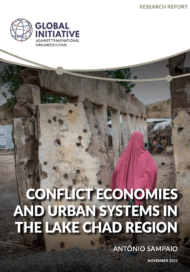Posted on 18 Mar 2014
Wildlife commerce – legal and prohibited – sits at the nexus of trade, development, and the environment. Indeed, a key negative impact of wildlife trafficking is that it unsustainably strips countries of vital natural resource assets. This extends well beyond terrestrial mega-fauna such as rhinos and elephants to include key trade industries such as fish and timber.
Adopting a multifaceted approach that includes demand reduction, law enforcement, as well as sustainable use, is vital to tackling various illegal wildlife trade challenges. But establishing specific policy responses will be a complex, nuanced exercise, necessarily dependent on a host of variables, including the specific wildlife good and trade in question. Also of relevance are the number and nature of jurisdictions involved.
This issue presents two papers offering a glimpse into a few of the many options advocated in the wildlife trade debate. Despite profiling these positions, BioRes does not intend to advocate any specific perspective. First up, independent conservation economist Michael ‘t Sas-Rolfes focuses on the controversial topic of legalising trade in rhino horn. Under what circumstances could this offer a sustainable conservation alternative? A separate piece by Nav Dayanand of Fauna & Flora International assesses the potential of free trade agreements to work for conservation.



